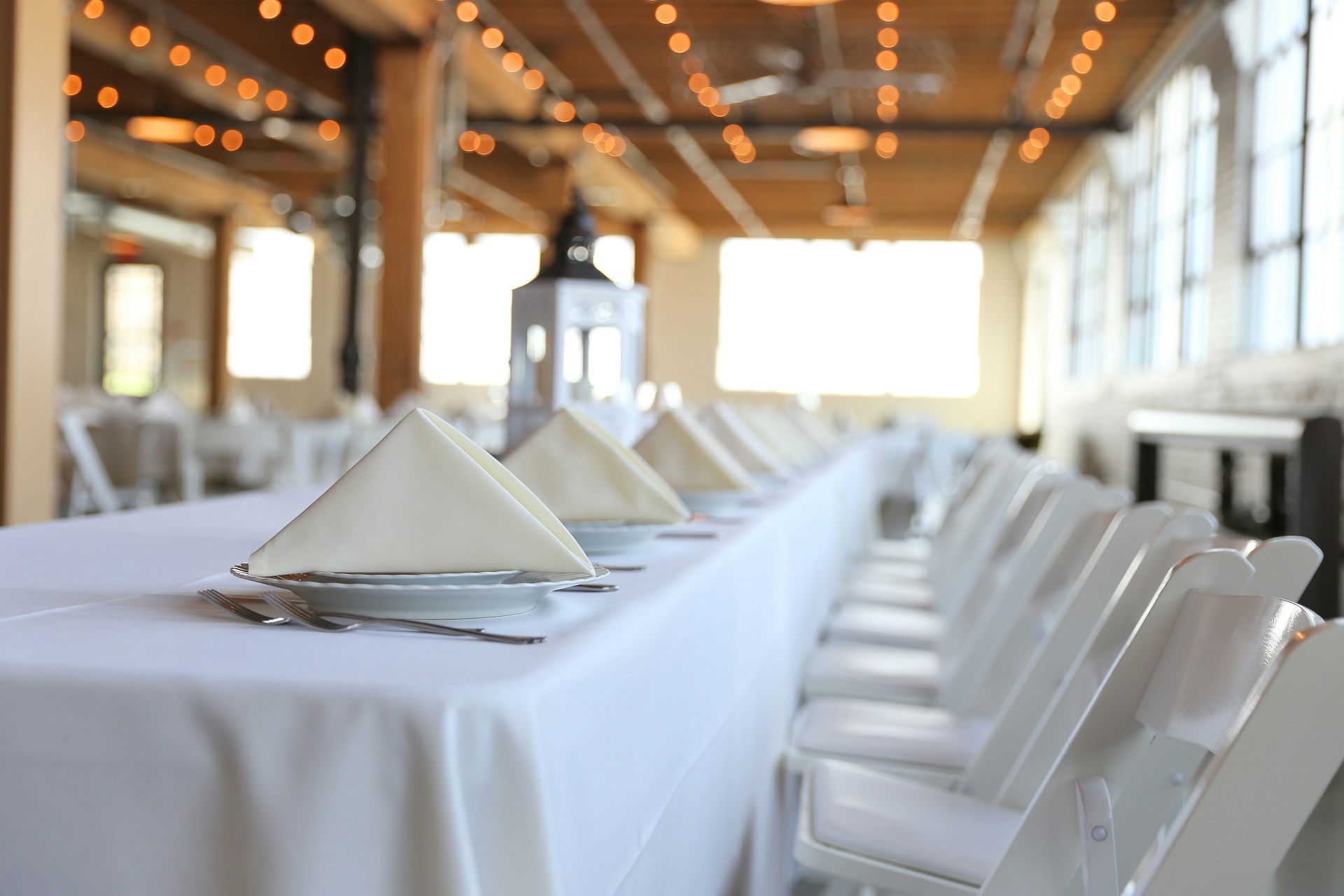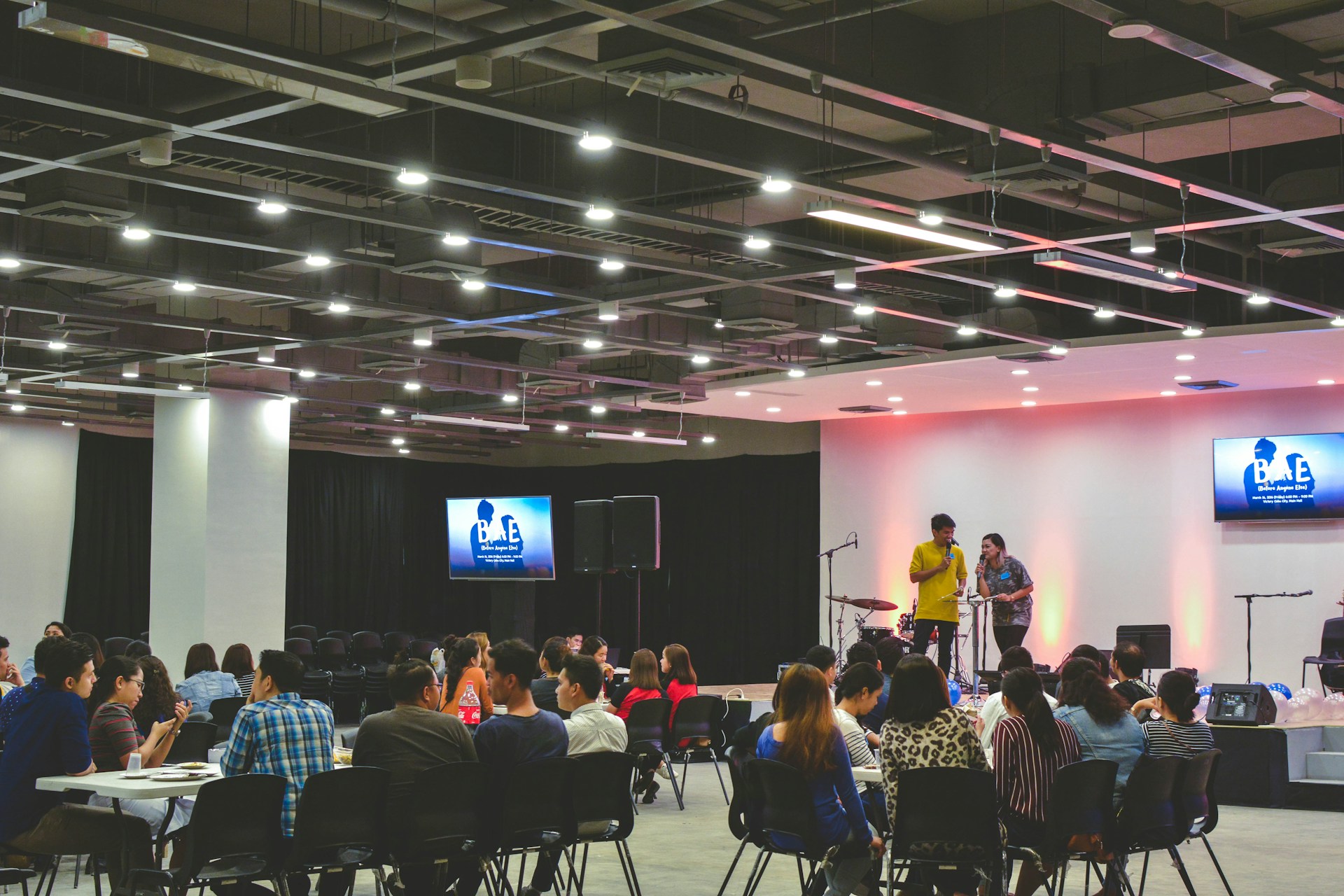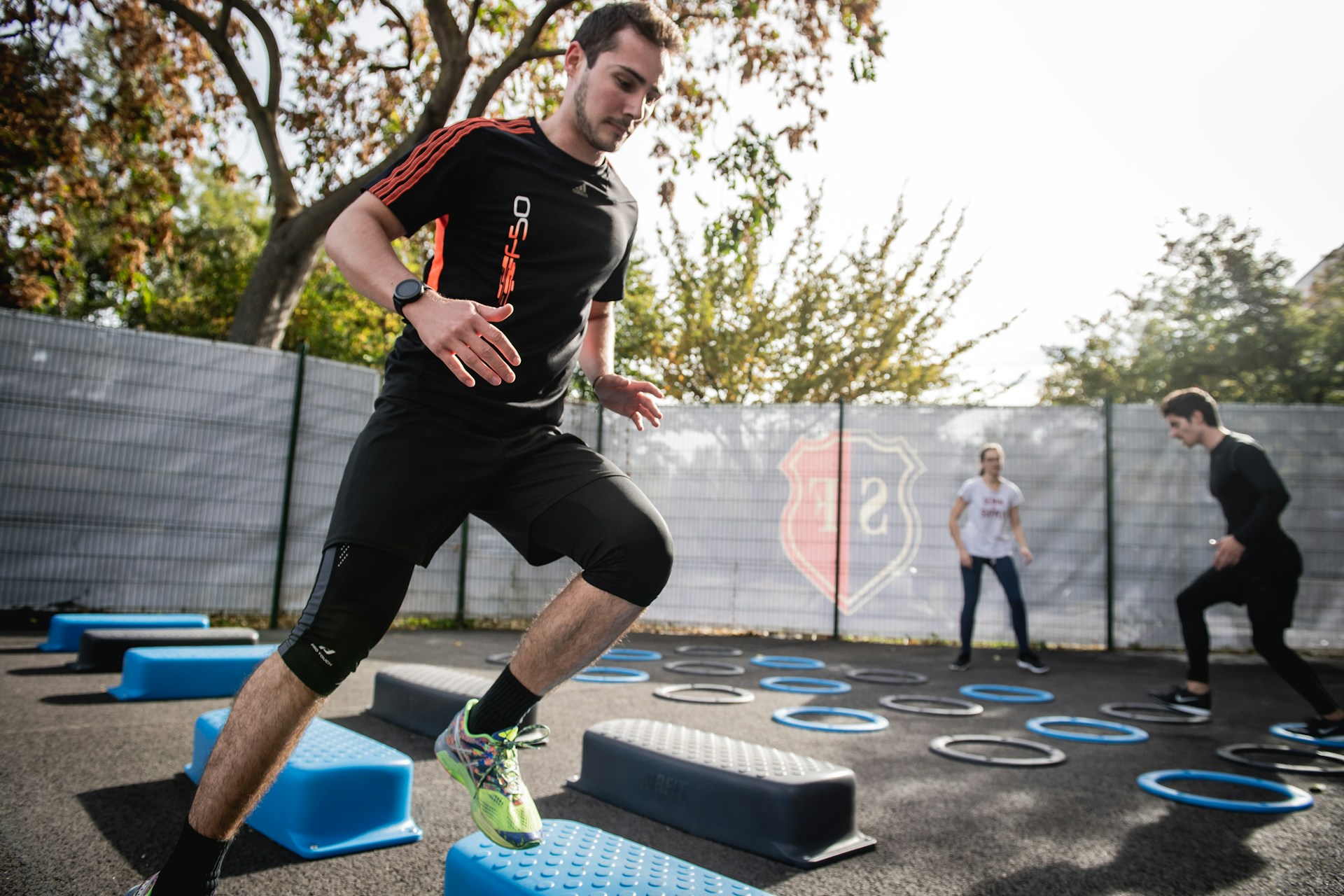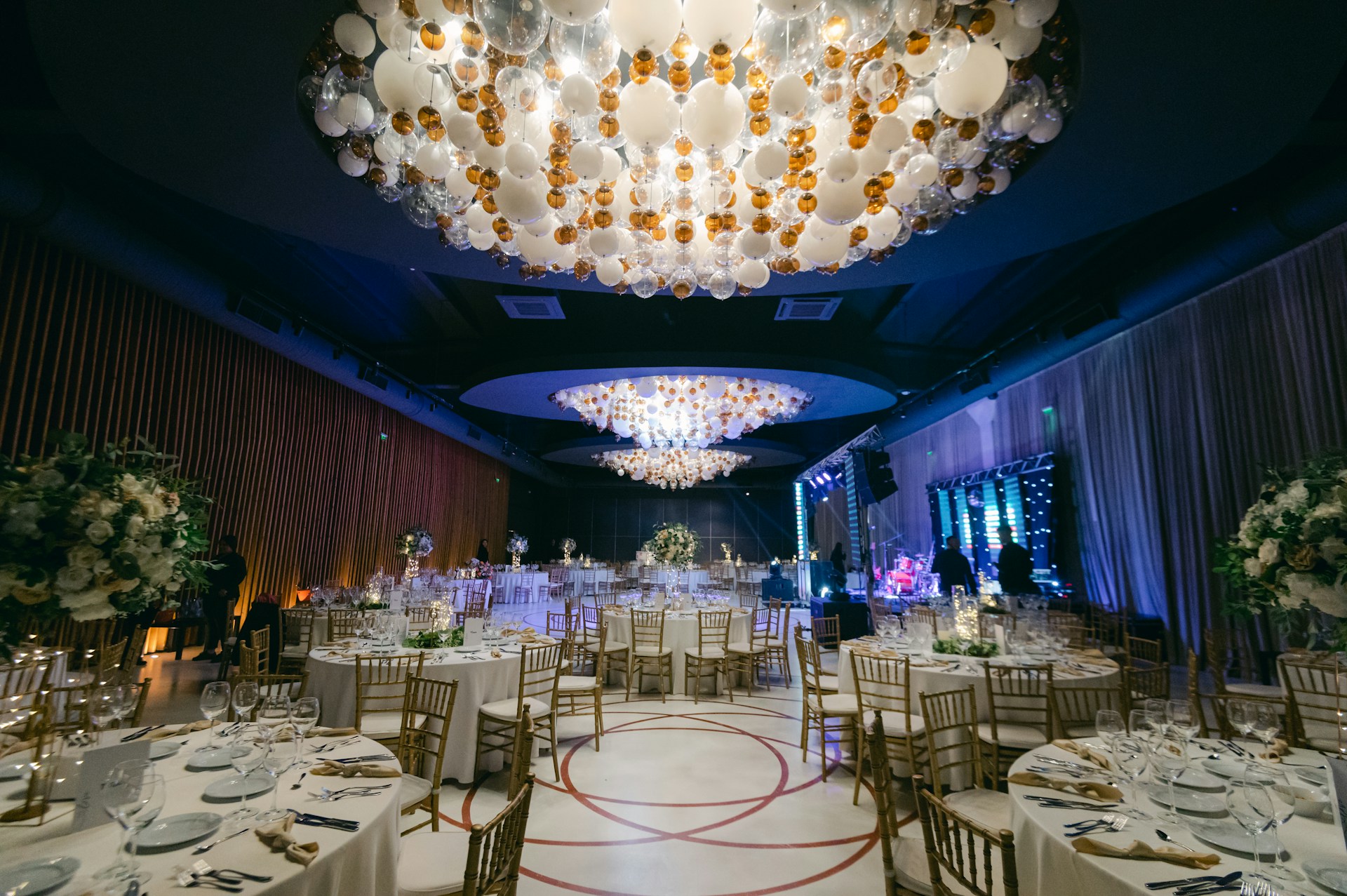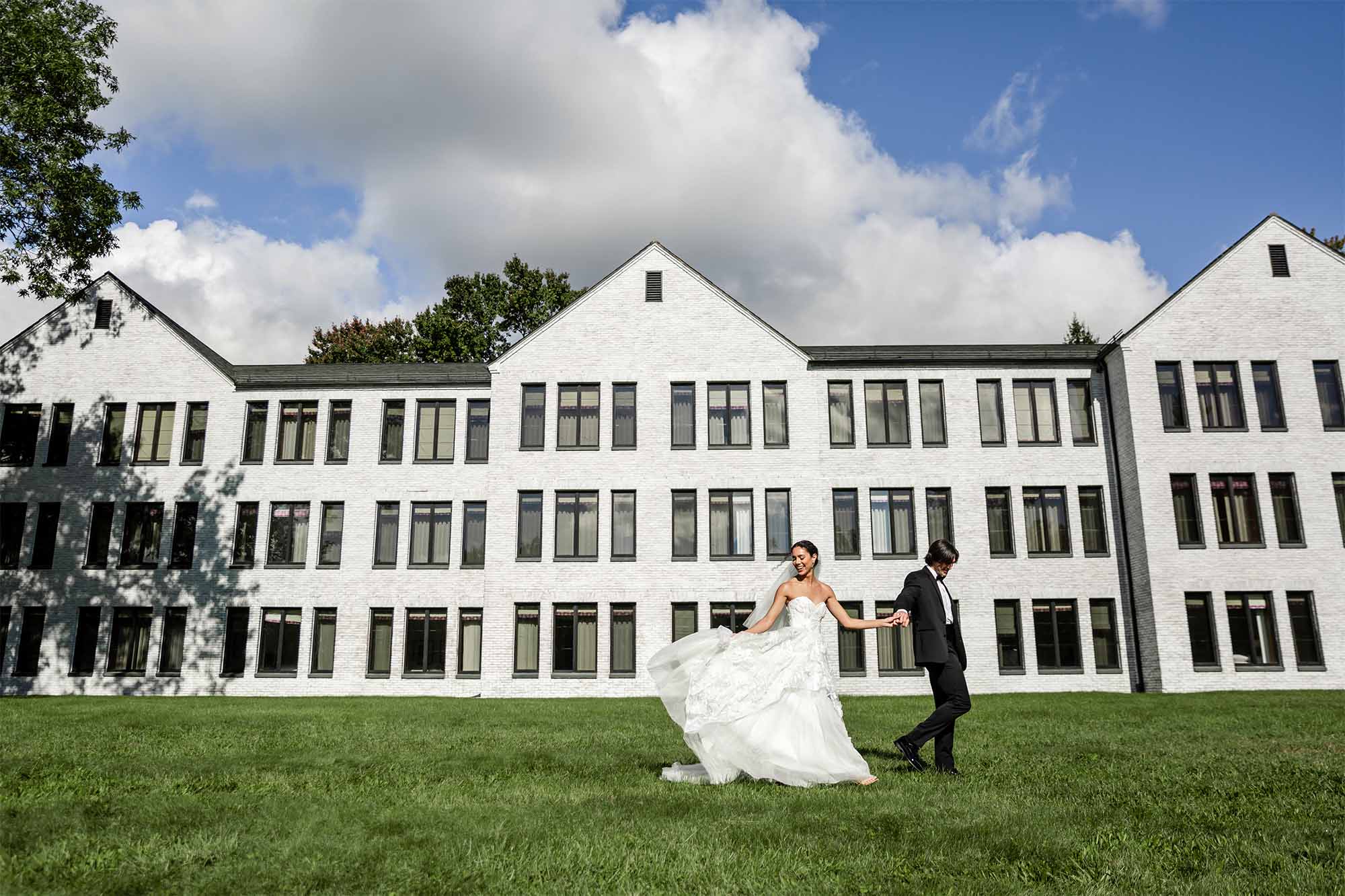There’s a lot that happens behind the scenes to pull off a wedding reception that feels smooth and well-paced. While most guests only see the final result—the decorations, the music, the food—what they don’t realize is how much prep goes into making everything run like clockwork. From setup to the final cleanup, every minute counts. Planning how your timeline unfolds can be the difference between calm and chaos.
That’s where good time management comes in. Getting a clear plan in place before the big day will help you stay calm, keep everyone on track, and avoid last-minute surprises. If you’re planning your reception in Norwalk, CT during the fall, you’re probably already juggling cooler weather, indoor options, and a tight schedule. This makes preparation even more important. With the right steps, you can turn what might seem like a hectic day into a well-paced celebration.
LaKota Oaks is proud to offer wedding couples a venue that makes efficient planning easier. With flexible spaces, experienced staff, and thoughtful layout options, we help simplify the setup process so the focus can stay on the celebration.
Creating a Detailed Timeline
Trying to wing your wedding setup usually leads to delays, miscommunication, and unnecessary stress. A solid timeline gives your day structure without it feeling rigid. The best timelines don’t micromanage. They offer clear windows that keep everything moving smoothly.
Start with the basics and work backward from the ceremony time. Build some cushion into each step to allow space for surprises. A strong wedding day schedule should cover three main stages: before the ceremony, during the event, and post-reception teardown. Think about these key checkpoints:
– Arrival time of the wedding coordinator or point person
– Setup start time for tables, chairs, lighting, and decor
– Vendor arrival and setup (flowers, caterer, DJ, photo booth, photographer)
– Time safeguards for walkthroughs and touch-ups
– Guest arrival and seating
– Ceremony start time and end estimate
– Shift into cocktail hour, followed by dinner and dancing
– Formal end time and breakdown responsibilities
Make sure everyone involved has access to a clear version of this timeline well ahead of the big day. It helps to assign a few trusted people to key checkpoints so the couple isn’t left managing everything. For example, someone might be in charge of double-checking vendor arrivals, while another checks that the reception area is fully set.
You don’t need to map every minute, but each major phase should include start and finish buffer times to avoid feeling rushed. Keeping the big picture in focus is what gives the day its rhythm.
Coordinating With Vendors
Once your timeline is mapped out, the next step is syncing it with your vendors. Every vendor plays a unique part, whether it’s prepping the cake table, placing floral arrangements, or setting up the sound system. If someone is late or unclear about what to do, the whole plan can stumble.
At least two weeks before your event, check in with all your vendors. Send each of them a detailed itinerary with their setup window, access instructions, contact numbers, and any venue-specific notes. This is especially helpful for vendors unfamiliar with the site. Making sure they know when and where to arrive avoids confusion and delays.
We always recommend creating a vendor schedule sheet. This should include:
– Vendor name and service
– Contact person and phone number
– Arrival time and access location
– Any special instructions or limitations
It doesn’t need to be complicated. A shared spreadsheet works just fine. Give a copy to your coordinator or assigned helper who can keep tabs on progress the day-of.
Also, follow up to confirm who will be onsite from each vendor team and if there are any last-minute adjustments needed. Say the florist needs a little extra time due to traffic—it helps to know that early so you can adjust other parts of the schedule if needed.
Efficient Setup Strategies
Even with a great timeline and well-informed vendors, the reception setup still needs hands-on coordination. It saves time and stress when setup jobs are clearly divided and given out ahead of time.
Think about this like assembling a puzzle. Assign key people to specific zones:
– One for decor and lighting
– One for table and chair layout
– One for buffet and bar setup
– One checking on vendor arrivals and execution
Use visual cues to help everyone work smarter. A room layout map taped to each entrance can guide workers on where things go. Label boxes and bags that contain specific decor or table items, so helpers don’t need to ask where things belong.
Here’s how your setup can be organized more clearly:
– Provide photos or sketches of the final layout
– Use post-it labels, printouts, or tags on serving tables
– Assign setup checklists by job (audio check, lighting, dance floor)
– Ask a trusted friend or coordinator to track progress before guests arrive
– Keep a few extra hands flexible for odd tasks or sudden changes
Expect something will go slightly off plan—because it probably will. A delivery might run behind, or a piece of decor might be missing. But that’s where assigning roles, building backup time, and prepping walkthroughs all help bring things back on track. Being flexible and well-prepared is the key.
Ensuring Smooth Transitions During the Event
Getting through the setup is a win, but making the night move smoothly from one moment to the next comes next. Transitions sometimes get overlooked, but they’re one of the biggest stress points for guests and the couple alike.
Shifting from the ceremony to cocktail hour, then from drinks to dinner, and finally to dancing? That takes planning. It’s all about timing and communication.
Use clear signals to help guests know where to go and when. A well-timed announcement from the DJ after a short music pause or an emcee’s cue can guide everyone without feeling forced. Simple signs pointing to the cocktail space, dinner location, or restrooms help prevent confusion.
Here are a few ways to manage smooth transitions:
– Use ushers or friends to gently guide guests from one space to another
– Schedule visuals like closing ceremony doors or lighting changes to signal movement
– Keep your team and vendors in the loop with the flow of the timeline
– Build in 5–10 minute grace windows between activities
– Avoid packing the schedule too tightly, especially around meals and speeches
If your ceremony room will flip into the reception space, make sure guests have somewhere relaxing to go in the meantime. Offering appetizers or music in another room takes pressure off the team handling the turnover.
Well-set transitions allow guests to stay relaxed and enjoy each moment without feeling hurried or confused. With a little structure and communication, your day moves from event to event with ease.
Keeping the Day Calm and Enjoyable
Wedding receptions are loaded with emotion, excitement, and a bit of unpredictability. That’s part of what makes them unforgettable. But smart time management lets those parts shine without too much stress.
When every piece of your day is outlined just enough—vendors, transitions, setup roles—you’re free to focus on what matters. Maybe that means walking into the room for the first time and seeing everything come together. Maybe it means taking real time to enjoy your meal instead of answering questions.
Fall weddings in Norwalk, CT bring their own charm and some weather changes too. Preparing for October means thinking through indoor shifts or rental adjustments with trusted people around you ready to jump in, just in case. That’s where a venue like LaKota Oaks makes a huge difference. You have options, space, and people who think ahead.
At the end of it all, weddings aren’t about following a perfect script. They’re about setting the stage so great memories unfold. With clear planning and a little breathing room built in, your special day stays focused on joy, not juggling. And for that, timing really is everything.
Planning a wedding is a big job, but making time with your partner can help create something beautiful. By knowing the flow and anticipating needs, your special day will be more about sharing moments than managing mishaps. Looking for the perfect setting can make all the difference in pulling off a memorable and joyful celebration. If you’re exploring options for wedding reception venues in Norwalk, LaKota Oaks offers a setting designed to keep things smooth, so you can focus on what matters most.


